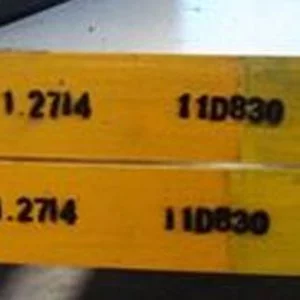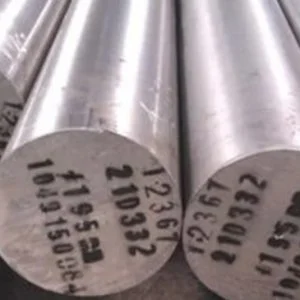Introduction

Die steel plays a pivotal role in various industrial applications, from manufacturing components in automotive to precision tools in aerospace. Understanding its properties, applications, and maintenance tips is essential for optimizing performance and durability. In this comprehensive guide, we delve into the world of model steel, exploring its characteristics, diverse applications, and best practices for maintenance.
Die Steel An Overview
Die steel, commonly referred to as tool steel, stands as a stalwart within the realm of metallurgy, engineered meticulously to endure the rigors of industrial applications. Crafted with precision and fortified through specialized processes, model steel emerges as a formidable alloy, bearing the hallmark of resilience against formidable adversaries like stress, wear, and abrasion.
At its core, die steel embodies a fusion of robust properties that underpin its versatility across multifarious industries. Its exceptional hardness serves as a bulwark against the relentless onslaught of wear and tear, ensuring longevity in the face of adversity. Moreover, model steel boasts a remarkable toughness, capable of withstanding the most punishing environments with stoic resilience. This inherent toughness lends itself to applications where shock resistance is paramount, from heavy-duty manufacturing to precision molding.
Applications of Die Steel
Die steel finds widespread applications across various industries, including:
- Automotive: for dies and molds in metal forming processes.
- Aerospace: for precision tools and components.
- Injection Molding: for manufacturing plastic parts.
- Die Casting: for producing metal components with intricate shapes.
- Woodworking: for cutting and shaping tools.
Types of Die Steel
Several types of model steel exist, each tailored to specific applications and requirements:
- Cold Work model Steel: Suitable for applications involving cutting and forming at room temperature.
- Hot Work model Steel: Designed for high-temperature applications such as forging and extrusion.
- Plastic Mold model Steel: Ideal for injection molding and compression molding processes.
- High-Speed model Steel: Engineered for cutting tools and machining applications requiring high-speed operation.
- Shock-Resistant model Steel: Specifically formulated to withstand high-impact loads and sudden shocks.
Maintenance Tips for Die Steel
Proper maintenance is crucial for maximizing the lifespan and performance of model steel tools. Here are some essential maintenance tips:
- Regular Inspection: Check for signs of wear, cracks, or deformation.
- Lubrication: Apply appropriate lubricants to reduce friction and wear during operation.
- Proper Storage: Store model steel tools in a clean, dry environment to prevent corrosion.
- Sharpening: Maintain sharp edges to ensure optimal cutting performance.
- Heat Treatment: Follow recommended heat treatment procedures to maintain hardness and toughness.
Properties of Die Steel

Die steel exhibits several key properties that make it suitable for demanding applications:
| Property | Description |
|---|---|
| Hardness | High hardness ensures resistance to wear and abrasion |
| Toughness | Ability to withstand impact and shock loads |
| Wear Resistance | Resistance to wear caused by friction and abrasion |
| Machinability | Ease of machining without compromising hardness |
| Corrosion Resistance | Protection against corrosion and oxidation |
Conclusion
Die steel is a versatile and indispensable material in various industrial applications, thanks to its exceptional properties and durability. By understanding its characteristics, applications, and maintenance requirements, manufacturers can optimize performance and enhance productivity in their operations.
FAQ
Q: Can die steel be recycled?
A: Yes, model steel is recyclable. Scrap steel can be melted down and reused in the production of new steel products.
Q: What is the difference between cold work and hot work model steel?
A: Cold work model steel is designed for applications at room temperature, such as cutting and forming, while hot work model steel is suitable for high-temperature operations like forging and extrusion.
Q: How often should die steel tools be inspected for maintenance?
A: Die steel tools should be inspected regularly, ideally after each use, to detect any signs of wear or damage.
Q: Is die steel resistant to corrosion?
A: Die steel typically has good corrosion resistance, but proper maintenance and storage practices are essential to prevent corrosion over time.
Q: Can model steel be used for woodworking tools?
A: Yes, model steel is commonly used for woodworking tools due to its hardness and wear resistance, making it ideal for cutting and shaping applications.
By following these maintenance tips and understanding the diverse applications of die steel, manufacturers can ensure optimal performance and longevity of their tools and components.
